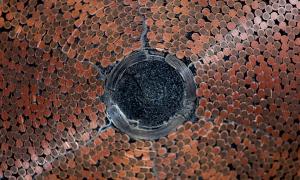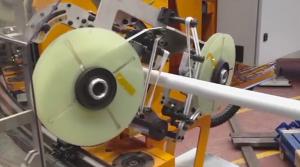3,000 sensors for detecting the quench
A robust detection system is under development to protect the ITER magnets in case of quenches—those events in a magnet's lifetime when superconductivity is lost and the conductors return to a resistive state.
"Quench detection in ITER is the most challenging around," concludes Felix, who has approximately 25 years of experience in the field. "At the Large Hadron Collider (LHC), for instance, we were working with faster detection times. But in ITER, there will be a tremendous amount of interference for the instruments to sort through—electromagnetic noise, swinging voltages, couplings, perturbations. At ITER, we are also dealing with higher current, bigger common mode voltages, and larger stored energy. We'll be pushing quench detection and protection to the limit of technology today."




